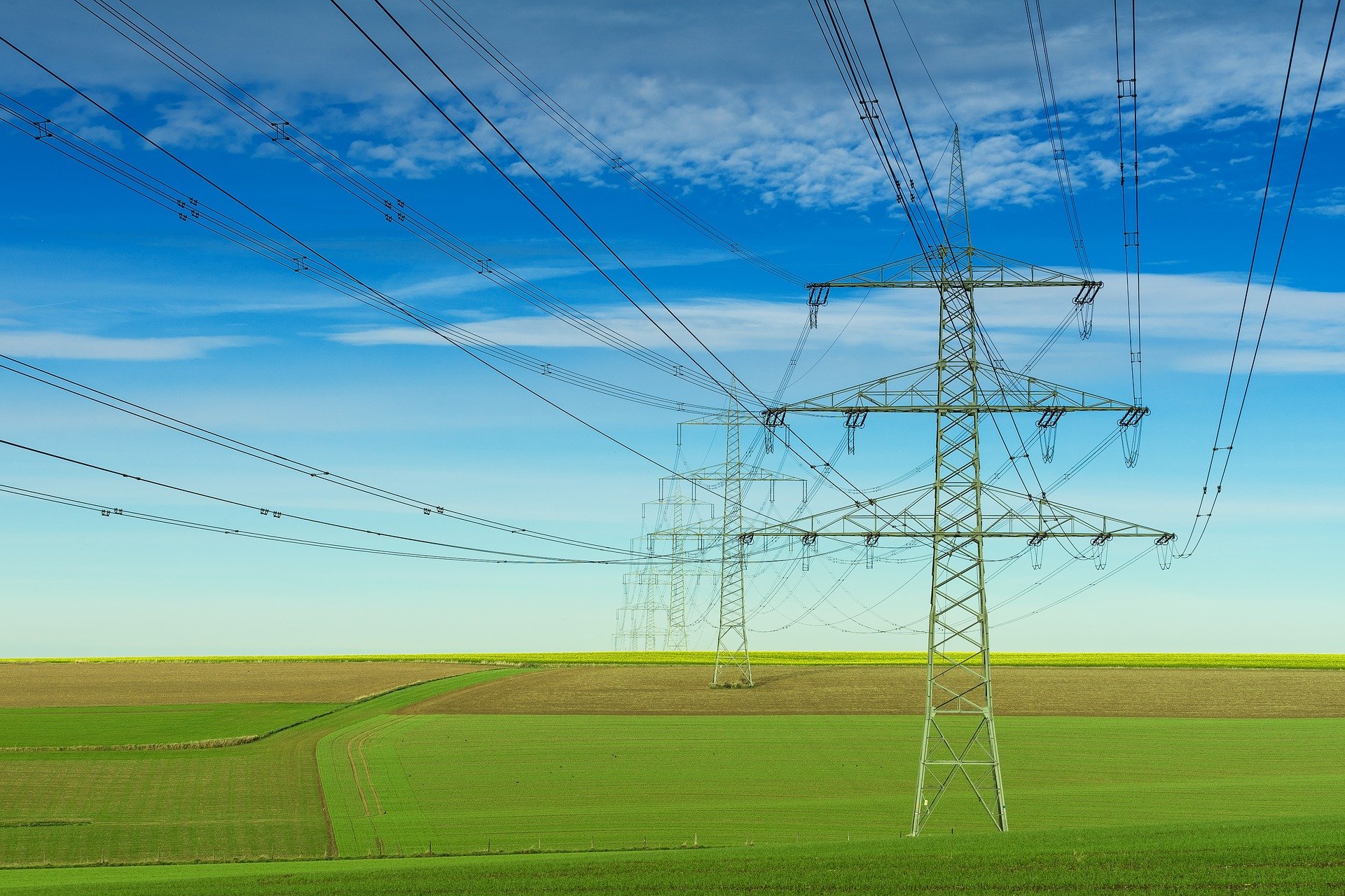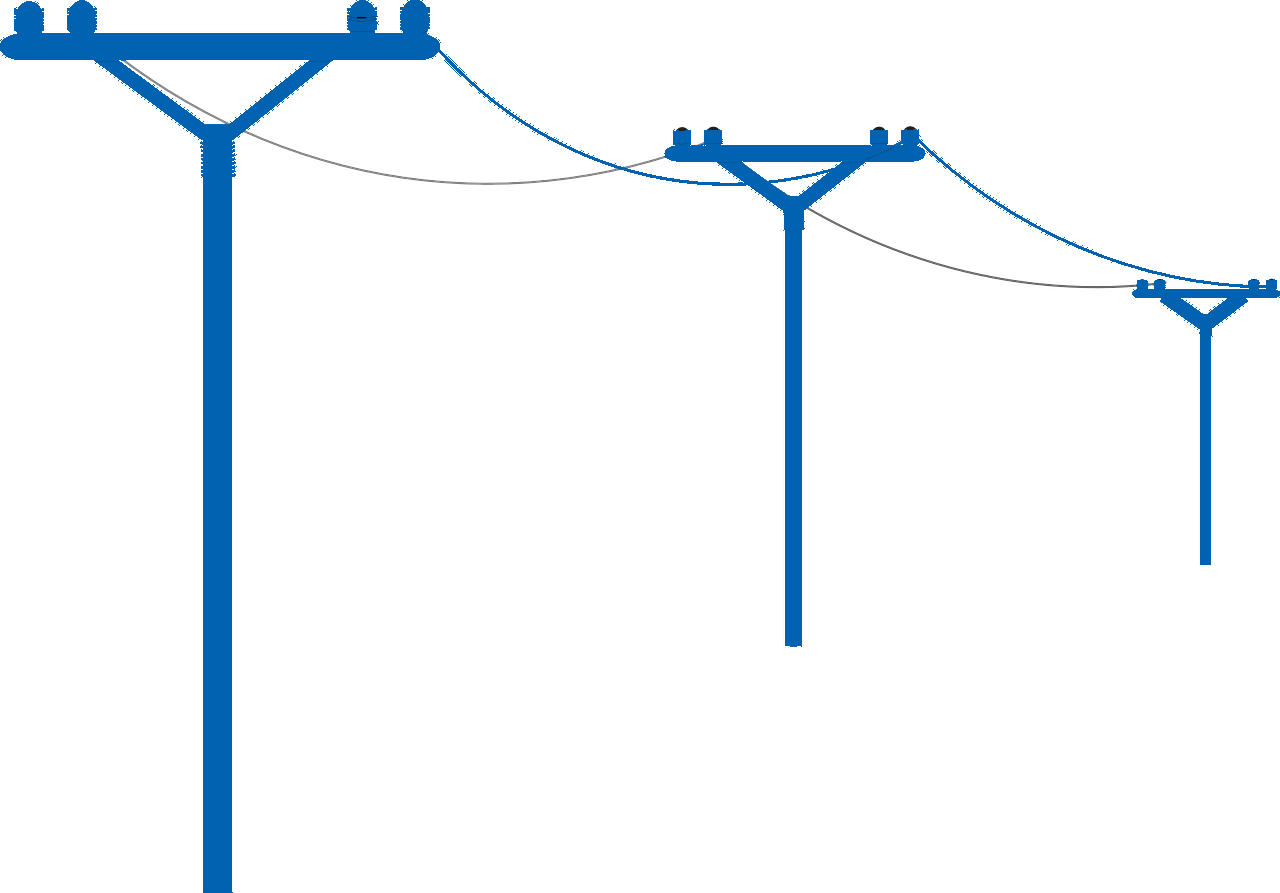Energy Efficiency | June 8, 2020
Why Energy Efficiency is Important for the Power Grid
Modern life requires electricity. Whether charging a device or using your stove, you’re utilizing “the grid.” The electric grid is a framework made up of a network of transmission and distribution facilities that create and distribute power for commercial and residential buildings. How much electricity you’re using is referred to as your demand-load and the grid goes through peak demand periods where the supply and demand is higher due to a variety of factors.
Because power supply isn’t technically “endless,” people at work and home should understand how electricity use is managed. The questions we have to ask ourselves now are: how efficient are we as consumers? And ultimately, how efficient is the grid itself?
Where power comes from
Energy supplied to the electric grid can be generated from a plethora of sources, ranging from solar fields and wind farms to hydroelectric dams and power stations. Nuclear generated power and fossil fuels remain the leading power sources in the United States at this time. Created energy is then carried to substations that are responsible for controlling the voltage and is transmitted through regional power lines, or transmission lines.
Electricity flows at very high voltages and is then "stepped-down" multiple times using transformers in order to distribute to end users. Once the power transmits through the final transformer, distribution lines carry electricity at lower voltages and deliver power to the final consumer – your home or business – via local utility companies.
 |
 |
examples of transmission lines vs distribution lines
Peak demand times can vary
Our electrical load reflects on how efficient we are as consumers. The cost to deliver power depends on the time of day power is used and is more costly during peak times.
- Daily (at night when people are typically home vs during the day while at work)
- Weekly
- Seasonally (warmer vs cooler months)
- On a transient basis
To keep up with the constantly changing energy demands, utilities must access multiple power sources depending on the amount of power needed to supply the grid at certain times of the day. Balancing the supply and demand of the grid during peak demand times is crucial and this is where being mindful and efficient as a consumer plays a roll.
How commercial businesses can reduce energy load and lower power demand for the grid
There are a multitude of ways businesses can reduce their load and operate more efficiently in order to lower the supply and demand of the grid. The percentage of US energy use by commercial/industrial industries is high and of that energy use, a large portion is spent running heating, ventilating and air conditioning systems (HVAC). 40% of commercial building energy results from HVAC systems which is why efficiency projects are worth their time.
These HVAC efficiency projects can include:
- Implementing system controls
- Refurbishing air handling units
- Utilizing variable frequency drives
- Retrofitting legacy boilers
- Improving heating systems
These are just a few of many HVAC and mechanical upgrades available to commercial or industrial facilities which lower energy expenditures.
In addition to HVAC optimization, one of the most cost-effective ways to reduce your facility’s energy usage is to undergo a LED lighting retrofit and couple it with advanced controls. Adding photoelectric and motion sensors allow for lighting to be dimmed, scheduled for utilization during certain times of the day or deactivated if areas are unoccupied, contributing to extra energy savings and fixture longevity.
Tying all buildings systems together (HVAC and lighting included), implementing or upgrading Building Management Systems (BMS) can be an essential component of managing a building’s energy use. You can also lower demand during peak times if the system is programmed to execute certain actions. A BMS encompasses all of the various systems in a facility including: lighting, HVAC, mechanical and security. By implementing energy efficiency measures in commercial facilities, you can reduce your building’s demand loads, save money and decrease the demand on the grid.
Lowering power demand at specific times is another option for commercial/industrial facilities to lessen their power needs. This typically includes peak shaving and/or demand response. Both tactics involve leveraging building infrastructure, coordination with local utilities and flexible onsite fuel systems in order to help utilities balance power demands at strategic points in time.
Smart grids and the future of power
As new technologies arise and society moves toward increased electrification, advancements and upgrades to the grid are pertinent for users and more relevant for the average consumer, at home and those of us responsible for the management of commercial buildings.
Smart grid technology is replacing the existing grid infrastructure and allowing for better communication among businesses, homes, facilities and utilities to manage consumer’s electricity needs. As mentioned previously, the goal is to match and balance supply and demand. Grid energy storage methods such as lithium-ion batteries ranging from 100-400 MW are being used to balance the grid. These technologies minimize the need for strengthening the grid infrastructure and are both a lot safer and can generate revenue.
Returning to my original questions: how efficient are we as consumers? Well, you have choices about the types of appliances or light bulbs you select at home, and if responsible for company facilities, you can explore efficiency retrofit options as a means of investment, while lowering your site’s power demand.
How efficient is the grid? The power grid is becoming more efficient every day. Peak demand load programs, utility incentive funding sources, increased education, energy storage and improving technology all help the grid to balance the electricity needs of the US and deliver the services we need in our daily lives.
Related Posts
Discover more content and insights from Mantis Innovation

The Cost of Inaction: Why Businesses Should Act Now on Energy Efficiency
In today's fast-paced business environment, the financial and operational losses businesses incur by delaying energy efficiency improvements, the "cost of inaction," is more relevant than ever.

In today’s AI era, human intelligence is the key to data center facility and energy optimization
Nowhere else in modern industry do artificial and human intelligence converge with such transformative potential as in the world of data centers. As AI's extraordinary growth accelerates demand for

Your Guide to LED Lighting for Business and Commercial Buildings
Never to be underestimated, LED lighting and well-designed lighting retrofits and upgrades offer businesses big improvements like reduced energy costs, reduced emissions, and improved working

Five Trends Driving Data Center Facility Energy Optimization
Today’s digital economy, commercial and industrial digitalization, and the recent explosion in artificial intelligence and machine learning (AI/ML) powered computing are driving massive growth in